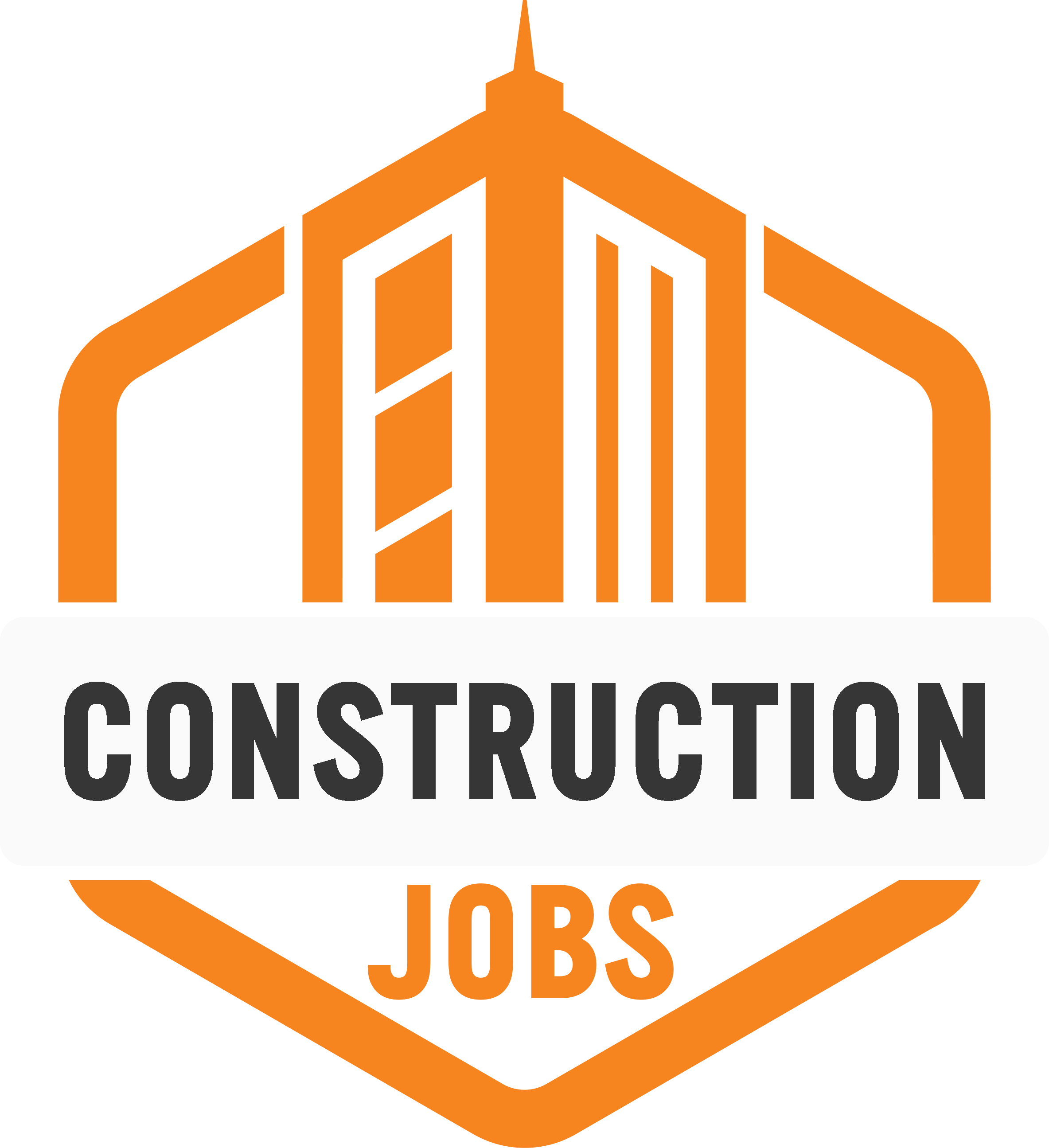2023 Insights: Creating Sustainable and Resilient Infrastructure
US housing crisis: Construction trends & infrastructure bills to address shortages & create sustainability in 2023.

The United States is facing shortages from all sides. The American people need building materials, laborers, and housing to rebound from this economic crisis and get back on their feet. What can be done at the local and federal levels to create a sustainable and resilient infrastructure in 2023? Here’s what the construction industry has to offer:
What We’re Facing
Affordable housing has become a rare commodity in the United States. America is short more than 5 million homes nationwide, and the deficit keeps growing as new families outpace the number of houses built. From 2012 to 2021, more than 12 million families formed compared to the construction of 7 million new single-family homes.
Many other factors have destabilized America’s housing infrastructure:
- Supply chain disruptions: A lack of tools and materials has created debilitating delays in residential construction.
- Aging workforce: Most construction workers are nearing retirement, compounding the effects of the “great resignation” that saw more than a million people quit their jobs. There is a severe shortage of skilled workers.
- Insufficient funding: According to reports from local officials, 91% of American cities don’t have enough funding to make crucial infrastructure investments.
- Lingering effects from 2008: The housing market’s last crash in 2008 wasn’t that long ago. COVID-19 reaggravated the effects and put many surviving construction companies out of business nationwide.
Although the current state of America’s infrastructure is concerning, the construction industry has some solutions in the works. Here are a few promising trends that could turn the tide back in the industry’s favor.
Promising Trends in Construction
Desperate times require desperate measures. Construction companies are turning to new technologies and building methods to counteract supply and labor shortages. These emerging trends have the greatest potential:
1.Modular Building
Modular building is a simple practice in which the contractor builds parts of the house off-site in a warehouse, then transports them to the homeowner’s property. The sections are then bolted and welded together like a puzzle. Builders have traditionally reserved this technique for commercial projects, but now they’re using it to speed up residential construction.
2.3D-Printed Homes
The 3D-printing phenomenon has finally reached construction. Entire neighborhoods can be printed from scratch, providing quick and affordable housing to millions of low-income Americans. Each house costs about $4,000 to build. Homeowners can also request to add eco-friendly design features, such as preinstalled solar panels or special light fixtures.
3.Eco-Friendly Building Materials
Steel, lumber, drywall, and other essential materials are in short supply, providing a timely opportunity to transition to more sustainable options. Stone, bamboo, recycled plastic, and other products make for greener homes and communities. Companies are even using structures like shipping containers to provide quick, eco-friendly housing.
4.Construction Robots
More contractors are utilizing construction robots to make up for their missing workers. Engineers have programmed them for specific tasks, including drilling, painting, and welding. They have proved faster and more precise than humans, helping streamline construction projects and make each building as safe and efficient as possible.
How the Infrastructure Bill Can Help
The Biden administration passed a trillion-dollar Bipartisan Infrastructure Deal in November 2021 to combat America’s housing crisis and create a sustainable infrastructure. The legislation lays out specific goals to increase jobs in the energy sector and make communities more resilient to climate change.
Out of the $1 trillion attached to the infrastructure bill, the following amounts are going toward notable climate-related causes and projects:
- $66 billion: Expanding public rail transit and introducing zero-emissions vehicles to the public transportation sector
- $65 billion: Developing the clean energy grid
- $55 billion: Accessing clean water sources
- $50 billion: Preparing cities for extreme weather events
- $25 billion: Rebuilding airport infrastructure
- $21 billion: Cleaning brownfield sites, superfund sites, and abandoned oil wells
- $17 billion: Rebuilding seaport infrastructure
- $7.5 billion: Building a national charging network for electric vehicles
The remainder of the $1 trillion will fund environmental groups that help communities prepare for natural disasters, such as the Federal Emergency Management Agency and Army Corps of Engineers.
The bill’s emphasis on bolstering America’s transportation services — especially airports and seaports — will help supply chains regain momentum. Deliveries for essential tools and materials will speed up, and more workers will return to the construction sector.
Urban infrastructure stands to benefit the most from the bill. Aside from visible buildings, it’s also vital to address underground facilities, which deteriorate from extreme weather and are equally affected by labor shortages. Hospitals, education centers, and many other essential facilities need these problems fixed.
However, multiple projections have the infrastructure bill falling short of its sustainability goals. The REPEAT Project predicts it will only eliminate 58 million metric tons of America’s carbon emissions, which is only a fraction of the bill’s 50% reduction goal.
The Office of Senate Majority Leader Chuck Schumer estimated a similar outcome. Schumer’s officials project just 6% of emissions will disappear due to the infrastructure bill. What about the other 94%? How will the bill affect the housing crisis if it doesn’t achieve its goals? In all likelihood, another piece of legislation will be more impactful: the Build Back Better Act.
BBBA Empowers Construction Industry
The Build Back Better Act was passed in November 2021 and serves as the catalyst for the infrastructure bill. The BBBA has devoted $555 billion to reduce American emissions. The main method will be clean energy tax credits for contractors and real estate investors. These are the most relevant incentives for the construction industry:
- 10% bonus for taxpayers who meet the domestic content requirement for solar power
- 10% bonus for projects located in energy communities — areas located near former coal mines and power plants
- 10% bonus for building solar- or wind-powered structures in low-income communities
- 20% bonus for solar or wind power installations in low-income buildings
The BBBA also provides tax credits for everyday habits like using alternative fuel sources and investing in facilities that generate clean electricity.
Most importantly, the BBBA directly creates more housing initiatives. It includes a Greenhouse Gas Reduction Fund for low-cost sustainable construction projects. These will help construction companies rebuild urban infrastructure and address environmental inequalities among different demographics.
While the infrastructure bill focuses on funding federal programs and agencies, the BBBA takes a more localized approach. It gives the American people — especially construction companies — more financial freedom to address the housing crisis within their communities and transition to sustainable homes.
2023 Is a Pivotal Year
2022 wasn’t kind to the construction industry, but there is a light at the end of the tunnel. 2023 will be a pivotal year for America’s housing infrastructure. Legislation will play a key role in incentivizing the construction revival. In the meantime, industry professionals must use the latest resources and strategies to build affordable and sustainable homes.
Author: Rose Morrison is a freelance writer in the construction industry and the managing editor of Renovated.
- Share This →

